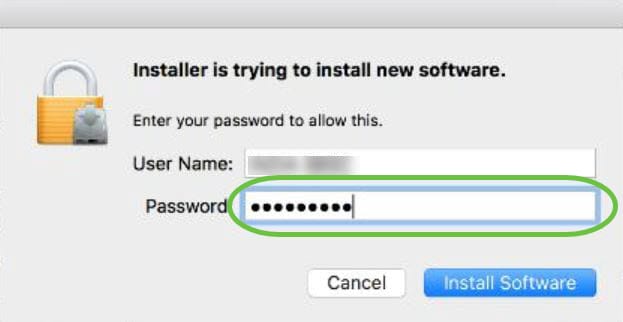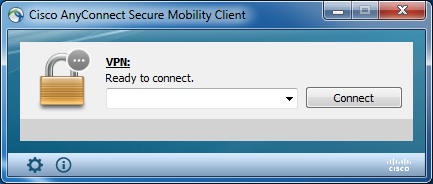

The remote PIX can initiate connections to the central PIX (it knows the end-point), but the central PIX cannot initiate connections to the remote PIX (it does not know the endpoint). The remote PIX uses NAT to join the privately addressed devices behind it to the privately addressed network behind the central PIX. This configuration enables the central PIX to accept dynamic IPsec connections. Therefore, for this example the remote PIX with DHCP and NAT is presumed to be a PIX 501 or 506 that runs 6.x code. PIX 7.x and later and Cisco Adaptive Security Device Manager (ASDM) do not run on a PIX 501 or 506. In an instance when a central PIX that runs 7.x and later connects to a remote PIX using NAT, it is the same as a small home office such as a PIX 501 or 506 connected to a cable or DSL modem using Dynamic Host Control Protocol (DHCP). Instead, the remote PIX uses a static outside IP address.
#CISCO VPN CLIENT PIX PASSWORD#
You create a new profile in the client with the host IP of the PIX outside interface and the group name and password from the config and hit 'connect'.In most cases, a remote PIX that connects to a central PIX does not use network address translation (NAT).

#CISCO VPN CLIENT PIX PC#
If you have them, it can be very good to list them there but only if they are fully capable and reliable.That's about it.Then all you need is a PC outside the firewall with the Cisco client installed on it. I'll leave it up to you.The third option, as I mentioned in my last post, is the internal DNS servers. This is technically more secure (turning off split tunnelling) but for most people it is undesirable for speed and convenience reasons. If you remove that line, it will make it so all network access is tunnelled over the VPN so users will have to be able to reach their destinations (ie. Split-tunnelling allows vpn users to only use the vpn tunnel when they need to access resources on the tunnelled network, other network destinations will go out their normal LAN/WAN access. The vpngroup group name (in this example 'clientremote') can be anything you like and you can have multiple groups that access the same tunnel etc.The next is the split-tunnel line. Vpngroup clientremote password are 3 optional things in that last section. Vpngroup clientremote split-tunnel SplitTunnel Vpngroup clientremote default-domain insidedomain.local There are methods for using RADIUS or TACACS+ for secondary authentication or you can create more groups so you have differentiation of users but this is the basic way to do it (obviously you can use a different password if you like):vpngroup clientremote address-pool vpnpool This config uses a single vpn group (analogous to a username) and password. Isakmp policy 10 lifetime 86400And finally the vpn authentication group. Isakmp policy 10 authentication pre-share
#CISCO VPN CLIENT PIX LICENSE#
Here is a basic vpn config for a client to connect using an AES encrypted, SHA hashed, IPSec tunnel that will give access to any machines on an internal network using the IP range 172.18.250.0/24First thing is some access lists to define VPN desireable traffic:access-list NatControl permit ip 172.18.250.0 255.255.255.0 10.10.10.0 255.255.255.0Īccess-list SplitTunnel permit ip 172.18.250.0 255.255.255.0 10.10.10.0 255.255.255.0 Next you need to create a pool of IPs that will be assigned to vpn client connections and which will be allowed access based on the access lists we just made (24 IPs is usually enough for a network behind a 501 or 506, you can make the pool bigger if your license supports more vpn sessions):ip local pool vpnpool 10.10.10.1-10.10.10.25Now the actual tunnel crypto config:sysopt connection permit-ipsecĬrypto ipsec transform-set AESSHAset esp-aes esp-sha-hmacĬrypto dynamic-map dynmap 30 set transform-set AESSHAsetĬrypto map clientvpnmap 20 ipsec-isakmp dynamic dynmapĬrypto map clientvpnmap interface outside


 0 kommentar(er)
0 kommentar(er)
